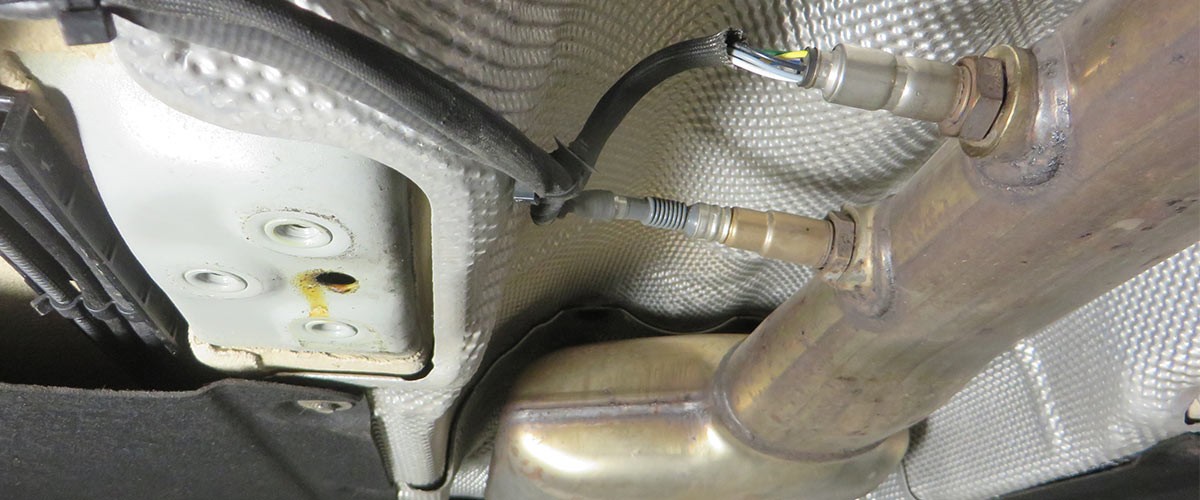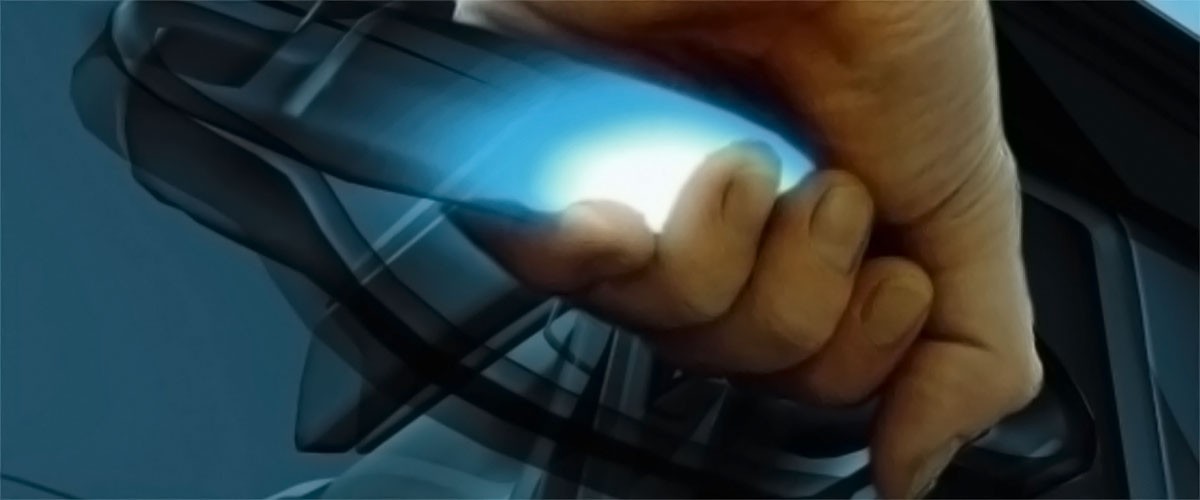Check the sensor
Check the sensor for contamination
The transmission range sensor determines the transmission speed. The transmission control system uses this information to, for example, calculate which gear is required and the shifting time. Scroll through this page and find out about common variants, their functional principle, and how you can check transmission range sensors using simple methods.
Important safety note
The following technical information and practical tips have been compiled by HELLA in order to provide professional support to vehicle workshops in their day-to-day work. The information provided on this website is intended for suitably qualified personnel only.
A faulty transmission range sensor can manifest itself as follows:
Causes of failure can be:
Check the sensor for contamination
Check the encoder wheel for damage
Read out the fault memory
Reference value at 80°C: approx. 1,000 ohms.
(circuit diagram for pin assignment required).
Attention:
Do not measure the resistance on the Hall generator as doing so could destroy the sensor.
(circuit diagram for pin assignment required).
Reference value: 0 ohm.
With the control unit connector pulled out, measure against vehicle ground at the sensor connector using the ohmmeter.
Reference value: >30 MOhm.
How helpful is this article for you?
Success
Success
Success
Success
Error
Thank you for your feedback!
Wrong Captcha
Something went wrong




Benefit from consenting to our cookies ‒ we use cookies to:
Provide you with content tailored to suit your interests
Improve navigation on the website
Improve your Internet experience
By clicking on "I agree", you consent to the placement of cookies.
You can find out more about the cookies used by HELLA websites in our Cookie Policy .
Our cookies do not contain any personal data.
For more information, see our data protection notice.
Great! Just one more Step
Head to your inbox and confirm your email address so that you don’t miss our updates!
Get ready for brand new technical videos, car repair advice, trainings, helpful diagnostic tips, marketing campaigns and much more... delivered straight to your inbox every two weeks!
Sign up for our free HELLA TECH WORLD newsletter to receive the latest technical videos, car repair advice, training, marketing campaigns and diagnostic tips.
Together we can get cars back on the road quickly!
Success
Success
Error
Please note: You will only be subscribed to the newsletter once you have clicked on the confirmation link in the notification e-mail you will receive shortly! Data Protection | Unsubscribe
